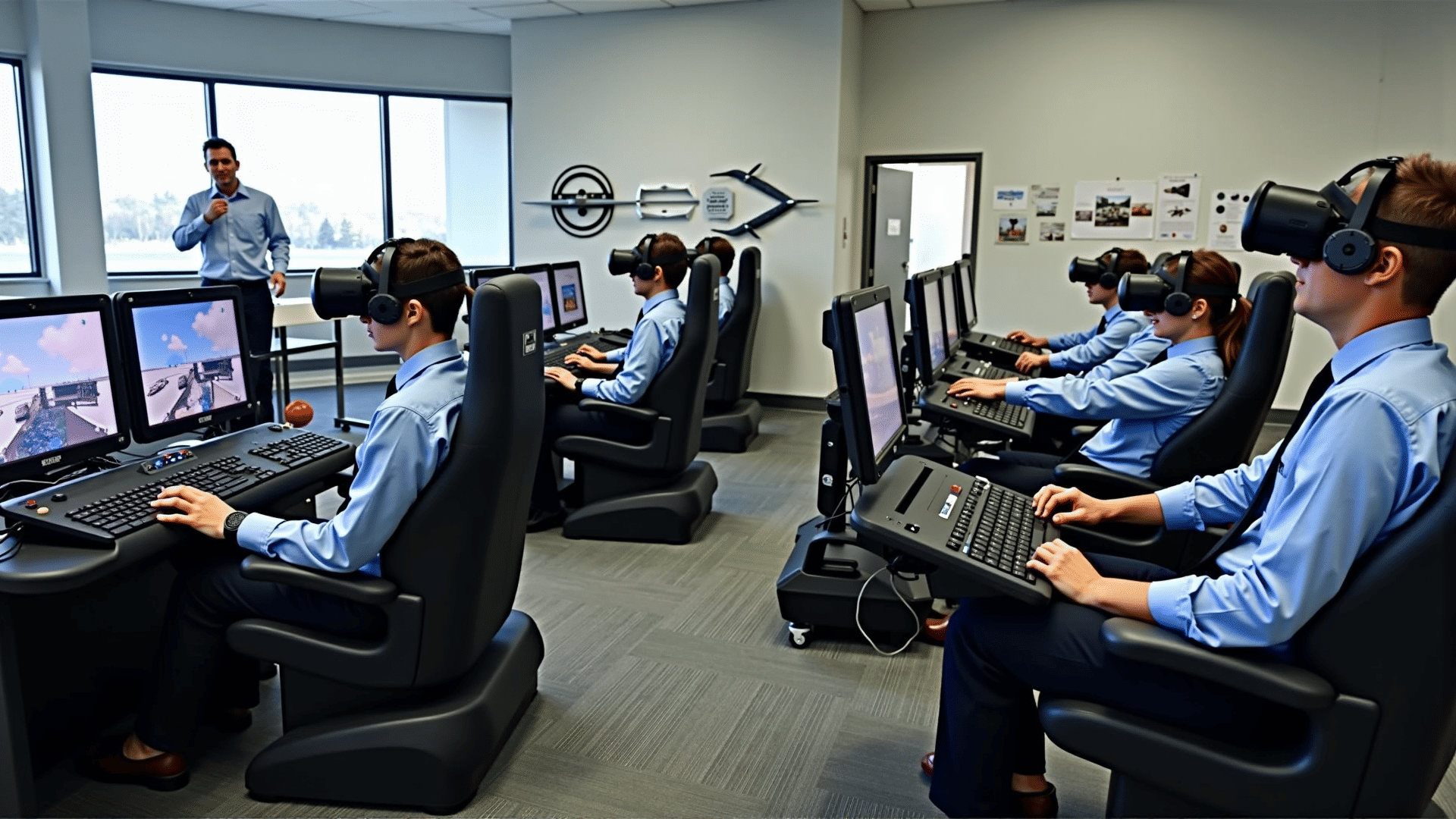In recent years, the field of pilot training has undergone a significant transformation. This evolution is largely driven by advancements in technology, changes in aviation regulations, and the increasing complexity of modern aircraft. As a result, aspiring and current pilots are navigating a landscape that demands more comprehensive skill sets and adaptability in the face of emerging challenges.
One of the primary drivers of change in pilot training is the rapid development of technology. Modern aircraft are equipped with sophisticated avionics systems, requiring pilots to be proficient in their operation and management. This technological leap means that traditional training methods are no longer sufficient. Instead, training programs are incorporating advanced simulators that replicate real-world scenarios with high precision. These simulators allow pilots to experience and respond to a wide array of situations that are too risky or impractical to recreate in actual flight.
Beyond just handling the aircraft, pilots are now expected to be adept at managing data. The proliferation of digital tools in the cockpit means that pilots must be able to process and interpret large volumes of information quickly and accurately. Training programs emphasize digital literacy and the ability to make decisions based on complex data inputs. This shift not only enhances safety but also ensures efficiency in operations.
Another challenge in modern pilot training is the integration of unmanned aerial vehicles (UAVs). As drones become increasingly common, pilots and air traffic controllers must adapt to a shared airspace. Training programs are starting to include modules that address coordination between manned and unmanned aircraft, emphasizing skills like communication, situational awareness, and conflict resolution. As the regulatory environment around UAVs continues to evolve, pilots must stay informed and flexible to adapt to new rules and technologies.
Soft skills and “non-technical” traits have also taken center stage in pilot training. The ability to work effectively in a team, exhibit strong leadership, and maintain clear communication are crucial skills that ensure smooth operations in what is often a high-pressure environment. To this end, training programs are increasingly incorporating human factors training, focusing on interpersonal skills, crew resource management, and stress management.
Furthermore, the increasing complexity of airspace management, due to growing passenger and cargo traffic, introduces its own set of challenges. Pilots today need to be well-versed in navigating congested airspace while maintaining the highest standards of safety. This requires a deep understanding of airspace structures, awareness of global navigation systems, and the ability to make swift tactical decisions.
As these challenges mount, there is a growing recognition of the importance of continuous learning for pilots. No longer is it sufficient for pilots to undergo training at the beginning of their careers. Instead, ongoing education and recertification are becoming the norm, with airlines and regulatory bodies mandating regular training sessions to keep pilots' skills sharp and up to date.
In conclusion, the evolving landscape of pilot training is shaped by technological advancements, regulatory changes, and the increasing demands of modern aviation. As the industry progresses, pilots must embrace a mindset of continuous learning, adaptability, and proficiency in both technical and soft skills. These elements, combined with cutting-edge simulation technologies and a robust understanding of emerging aviation trends, will equip pilots to navigate the skies safely and efficiently in the years to come.
